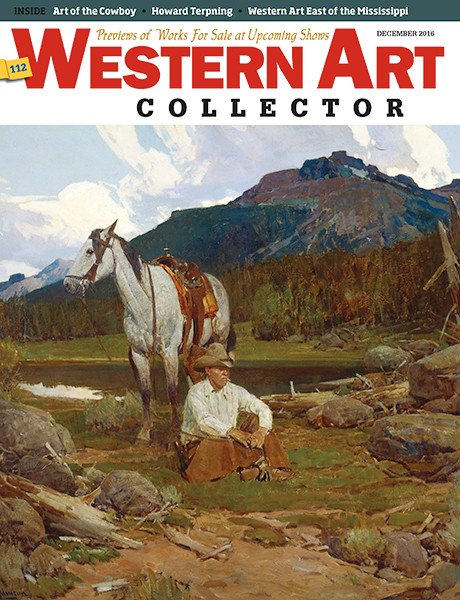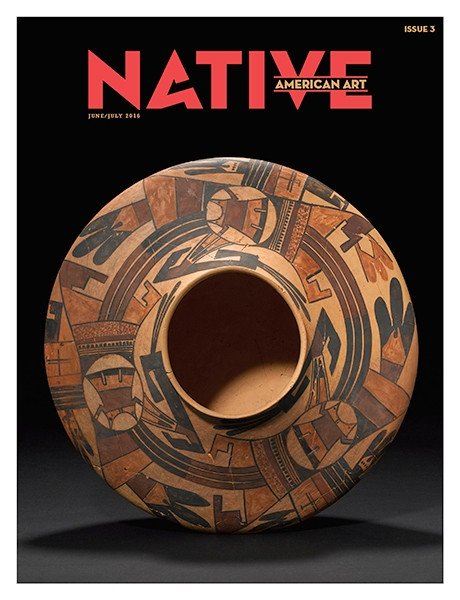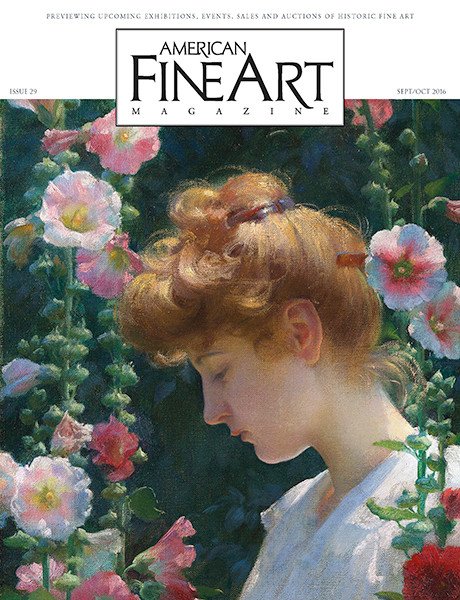Randall Rosenthal has an impish sense of humor. I was taken aback when I opened one of his emails and, rather than an artwork image, it was a up-close photo of the artist’s bloodied face, a red-smeared grin stretching from ear to ear. “Here is the face shot I don’t use…surfing accident,” he wrote. “And my general outlook on life.”
The delight he takes in mischief-making is also evident in his hyper-realistic wooden sculptures, painstakingly carved out of a single block of pine and then hand-painted in meticulous detail. His tromp l’oeil works not only live up to their charge of “tricking the eye,” but are intentionally crafted to throw the viewer into a state of temporary confusion, uncertain of what, exactly, they are looking at. His subject matter is ordinary, often paper, objects you might find on a tabletop—a stack of crossword puzzles (which he completes during the painting process), a box of cash or baseball cards, yellow notepads with images of icons like JFK and John Lennon, even a cutting board strewn with the fixings for a summer meal. You have to keep reminding yourself that you are looking at a single piece of wood. That you cannot pick up that knife and chop those vegetables, peel that clove of garlic or turn to the bookmarked page in the cookbook.
Rosenthal tries not to let current events or politics infiltrate his work but occasionally they do, in the form of newspaper headlines or in series like his Top Secret sculptures, which mimic an array of classified documents. He is more interested in humor than making a statement.
 Art Heist, 2025, acrylic and ink on carved wood, 13½ x 10¾ x 1¼ in.
Art Heist, 2025, acrylic and ink on carved wood, 13½ x 10¾ x 1¼ in.Rosenthal’s process is more intuitive than one might expect. “I don’t work from drawings but do look at the subject matter, although super-accuracy is not my intent,” he explains. “People, I think, would be very surprised at how much of the process is eyeballed. It’s a game I am playing with the viewer. ‘My eye is better than yours.’ Because of this, many dimensions and angles are subtly off. Often there is bare wood showing…once wood is removed, that’s it. Painting, however, can be reworked forever until I am happy with it.”

Smithsonian Hush Money, 2024 acrylic and ink on carved pine, 8 x 10 x 1½ in.
Rosenthal uses hand tools as much as possible, many of which he makes, or customizes, out of necessity to meet his very specific needs, like sanding crevices that would be impossible to access with any commercial tool. “I love the feeling of a very sharp blade slicing through wood,” he says. “Carving and creating familiar objects (even something like a box of money) creates an expectation in the viewer. Why wouldn’t it be real? Occasionally I fool myself. Once, overhearing some people at a show, one woman said to another, ‘Look how clever this artist is…he made this yellow pad look like it’s made out of wood.’”
Coastal Cooking, 2019, acrylic and ink on carved basswood 11½ x 12½ x 2½ in.
Yellow legal pads are Rosenthal’s most revisited subject matter. He created his first one in 2004 when his son, a recent college graduate, had written a poem for his professor and asked his father to create something to write it out on. Rosenthal recalls, “At the parents’ lunch it got passed around and one woman said, ‘I love this poem but why write it on a yellow pad?’” He has since created nearly 100 of them.
Before turning to sculpture, Rosenthal was a painter—and still is, just not on a two-dimensional surface—and says the driving force behind his art-making has never changed. “When I was 4, my dad came home from a business trip with a toy metal fire truck that was bigger than I was,” he remembers. “Using crayons I turned the refrigerator into a burning building. After she stopped laughing, my mother went out and purchased oil paints, brushes, canvas boards and an easel…and I’ve been painting ever since. I still look at a painting I did when I was 5 every day to remind me what I am supposed to be doing. I make an effort to retain the childlike innocence of purpose as much as I can. I try and work for the sheer joy of transforming an idea into reality. Everything else…is everything else.”

JFK, 2018 acrylic and ink on carved Vermont pine, 12½ x 8½ x 1¼ in.
After receiving a bachelor of arts from Carnegie Institute of Technology in 1969, Rosenthal left the East Coast for California, where he spent a few years surfing and painting in a remote mountaintop cabin. In 1973, he returned to his native New York, this time to the city, to try to find gallery representation. After numerous rejections, a gallery finally offered to show his work which, at the time, he describes as “color field paintings of little people and objects falling out of the sky or in ocean waves. Some sexually explicit to a comic degree. Abstract but completely real.” Andy Warhol, Ralph Lauren and Salvador Dalí attended the opening. Dalí wrote “bravo” in the guest book and the show sold out.
After another stint in California, Rosenthal returned to New York in 1979, settling on Long Island in East Hampton, where he still resides. He spent the following years painting the surface of water and was in several galleries and well-recognized locally. “Until everyone thought one of my paintings was on the cover of ARTnews—except it wasn’t mine.” It was by a more well-known artist and suddenly people assumed he was copying. “The last thing I would ever do,” he says.

Top Secret 2.0, 2023, acrylic and ink on carved Vermont pine, 16 x 15¾ x 2 in.
Disenchanted, he put down his paintbrush for a few years and worked as a carpenter and roofer. Unbeknownst to him at the time, he was taking a step in the direction of becoming the sculptor he is today.
“Then-noted architect Norman Jaffe put an ad in a local newspaper looking for a model builder…I answered it,” Rosenthal shares. “For the next three years I worked as a designer communicating my ideas through models instead of drawings. When that project was done (an award-winning synagogue in East Hampton), Norman decided I should carve a 20-foot wave in a wall of a house in Southampton. That came out so well that Norman continued to get me large architectural sculpture commissions.” They included multiple architectural sculpting projects for the home of real estate mogul and art collector, Steve Wynn. “Norman Jaffe created a career for me,” he says. “I would not be a sculptor if it weren’t for him.”

60’s Mets, 2022, acrylic and ink on carved Vermont pine, lifesize. Private collection.
His working relationship with Jaffe endured for 10 years, until he won a commission to carve an ambo, or lectern, for St. James Cathedral in Seattle. The only stipulation was a moveable Bible rest. Rosenthal suggested he carve an open book. “On the conference call with the architect and building committee, they said ‘we like your drawings the best but are unconvinced you could actually carve this.’ I replied ‘men walk on the moon...we are talking about a piece of furniture.” That Bible rest was Rosenthal’s first carved book. “It resonated with me so strongly that I carved a few more. Then I started painting the pages…It led to my abandonment of a very successful and lucrative career as an architectural sculptor to return to a far more personal artistic expression.”

Hotspots, 2022, acrylic and ink on carved Vermont pine, 6 x 6½ x 2¼ in. Private Collection
A year after creating his first book, a local museum offered him a one-man show. In 2006, he won top awards in the Smithsonian Craft Show and soon after secured representation with Jane Sauer Gallery in New Mexico, and when she closed up shop 10 years later, with Louis K. Meisel Gallery. Ten years after that, Rosenthal is still represented by the New York City gallery, where an exhibition of new pieces alongside a selection of signature works from the artist’s personal collection will be on view from September 4 through October 4. Rosenthal’s work will also be featured in the group exhibition The Real, Surreal, and Photoreal at Nassau County Museum of Art in Roslyn, New York, from November 22 through March 8, 2026.

Sunday Morning, 10:30am, 2012, acrylic and ink on carved Vermont pine, 25 x 23 x 3 in. Private Collection.

Sunday Morning in progress.
“I have never considered what was fashionable or chased fame or money (well not too much),” says Rosenthal. “I do what makes me happy and try to push my personal work envelop as far as I can. It’s about humor and clever but also about challenge. It’s like surfing in slow motion. Carving is reading the future and working with what’s there. A certain tension is always present.” —
Randall Rosenthal Solo Exhibition
September 4-October 4, 2025
Louis K. Meisel Gallery
141 Prince Street, New York, NY 10012
(212) 677-1340, www.meiselgallery.com
Powered by Froala Editor








































